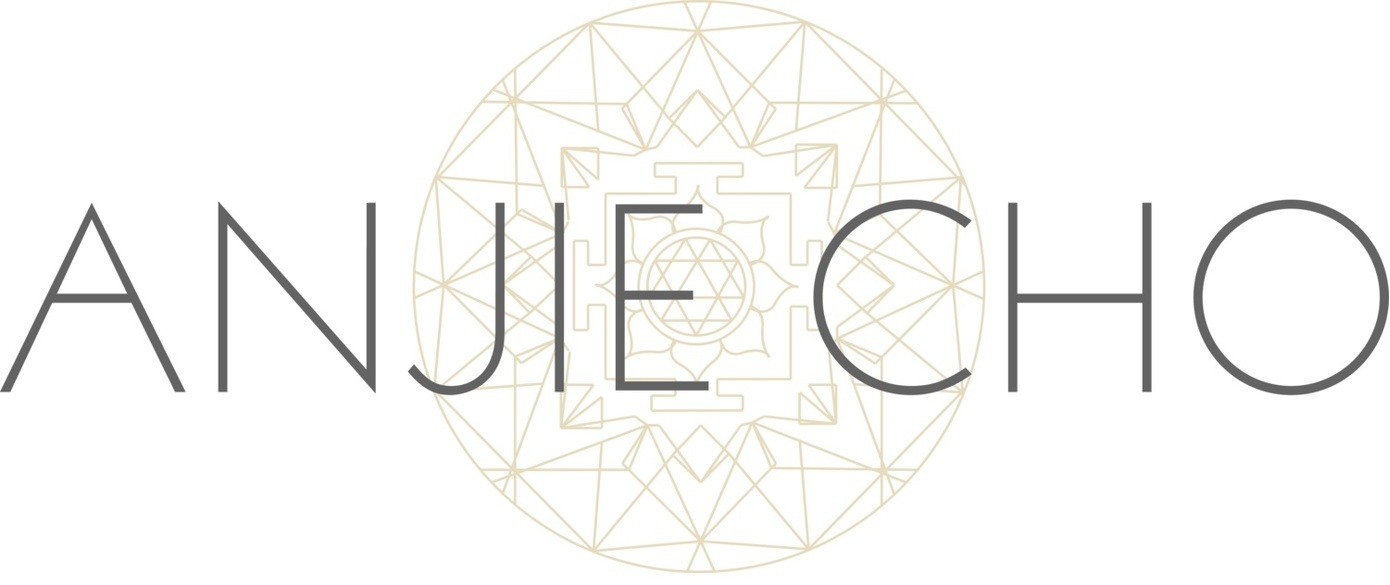image credit: Carmen Mensink
Dakini offers the lotus flower and mantra
Last week we talked about the importance of mantra in everyday life, in feng shui and in other outlets of holistic living (like meditation). As we discussed, a mantra is a mind tool, and each person may have a separate mantra that is meaningful for them. But there are some mantras that are widely used and considered especially important in certain practices.
In fact, one of my favorite mantras and one of the most popular in Tibetan Buddhism is:
“Om Mani Padme Hum”
Om Mani Padme Hum translates to the phrase, "The jewel is in the lotus," alluding to the strong symbolism of the lotus flower in many Indian belief systems, including Buddhism. The lotus flower originates in a thick, muddy environment and blooms pure and beautiful to the surface. The Dali Lama has also said that this mantra can be interpreted as the jewel (which represents altruism) and the lotus (representing wisdom) in combination, which is where enlightenment is found. Om Mani Padme Hum is believed to hold all Buddhist teachings.
The Om Mani Padme Hum mantra is associated with the Bodhisattva Avalokiteshvara, who is symbolic of the compassion of all the buddhas. In depictions, Avalokiteshvara is shown with a lotus in his left hand. Kuan Yin, the feminized version of Avalokiteshvara, is also related to this mantra in addition to the heart sutra mantra.
As I mentioned in last week's post, though the meaning of the mantra is important and good to know, there is actually more to be experienced in the sound of the mantra as it is repeated. Also, since mantras are traditionally in Sanskrit, assigning a translated meaning to them can detract from their original interpretations and make them less meaningful.
As it does encompass all the Buddhist teachings, Om Mani Padme Hum can be used in almost any situation. From cultivating compassion for yourself or another to finding solid ground to preparing for your day and more! In fact, a guide at the Rubin Museum shared that while visiting a family in Tibet, the family recited it regularly, which is said to purify on three levels - speech, mind, body - and remove negative karma. The more you recite Om Mani Padme Hum, the more merit you receive, and the more you begin to embody Avalokiteshvara.
When do you find mantras to be most helpful? Are there any that you use daily that improve your life?








